
Many of the world’s most beloved spirits acquire their quintessential flavors rich in “originality” by aging in wooden casks, much like wine or whiskey.
Against a backdrop of various perspectives wondering what kind of individuality would be produced if brewed sake cultivated by the rich nature of Japan is aged for a long time in a cask of Western alcohol, the era of aging Japanese alcohol for a long time is rapidly approaching.
Desiring to produce Japan’s quintessential “Japanese Specialty Hard Liquor” using the accumulated superior techniques that we have cultivated, we embarked on an adventure into the unknown in 2003.
After several seasons, the refined undiluted sake, which has been polished and matured by our brewers, has turned into a Japanese sake with a surprisingly savory taste.
The concept of “絲 ito” is “connectedness to everything”, as “ito” means a string or thread in Japanese. Blending a variety of undiluted sakes with different flavor personalities in each cask creates a complex, balanced taste.
With the earnest desire to “give pleasure to many” through Japanese sake brewing, the Sherry Cask Matured Sake of “絲 ito” was born.








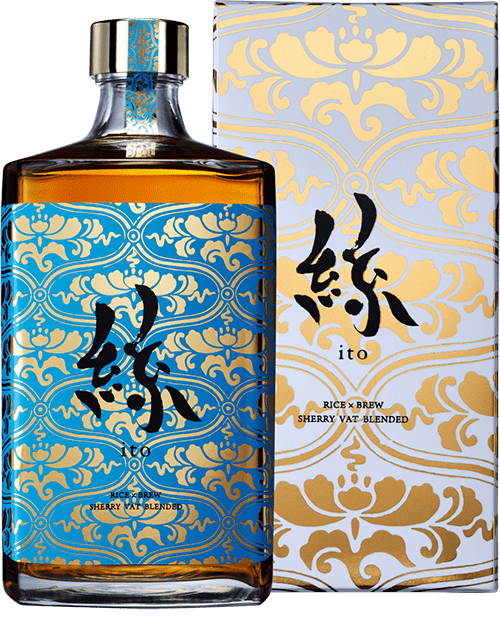




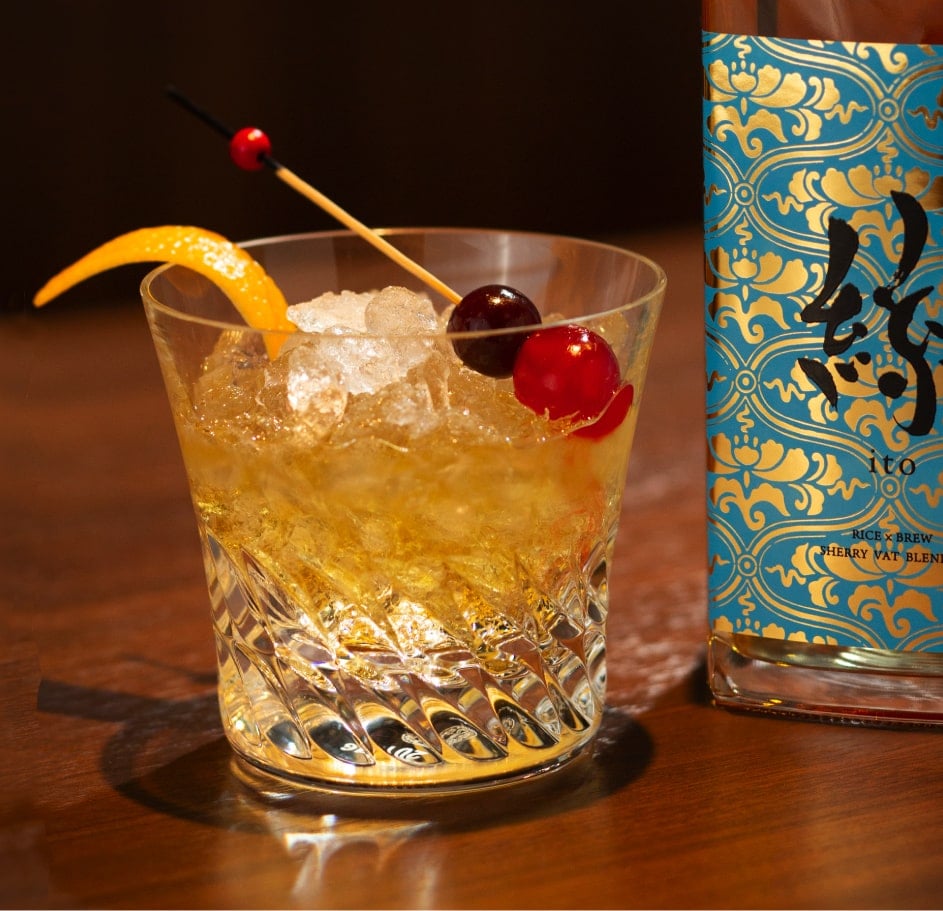




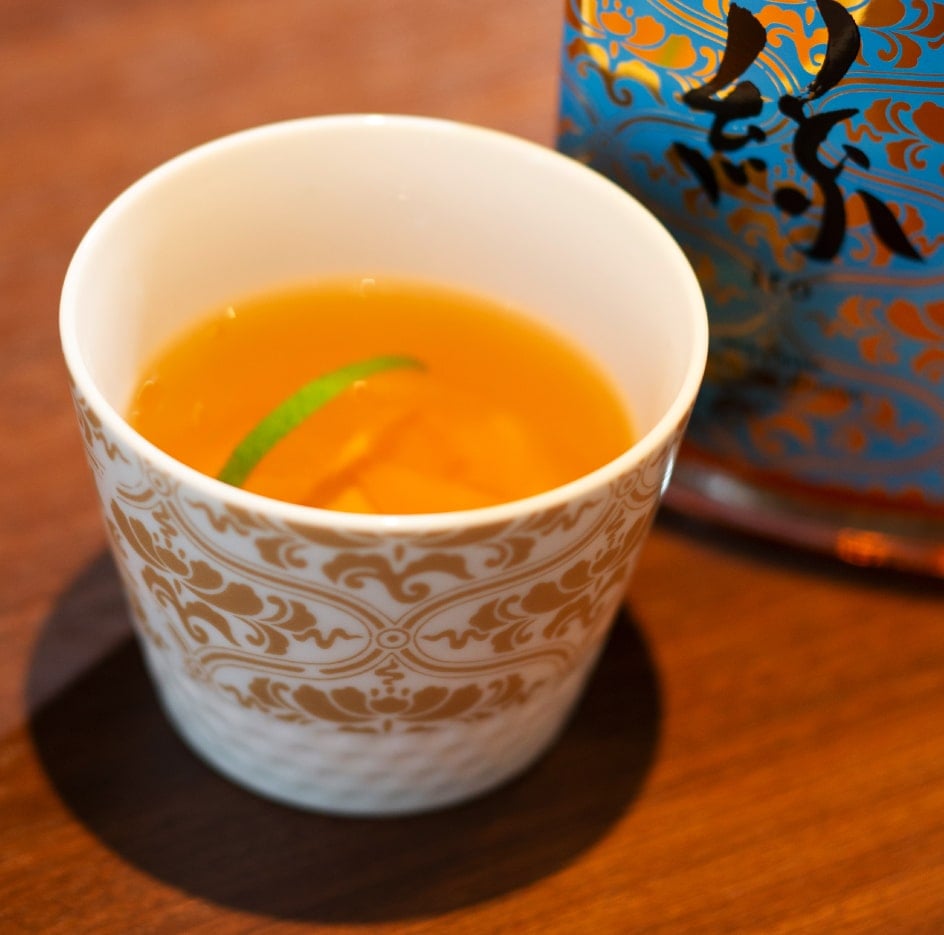





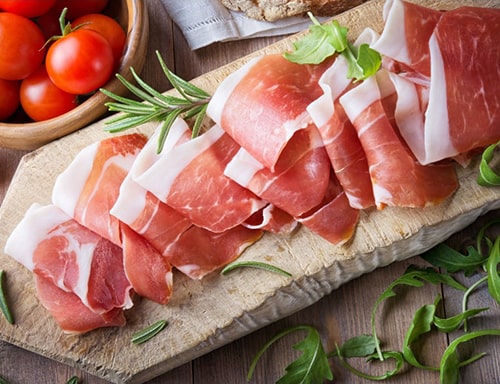
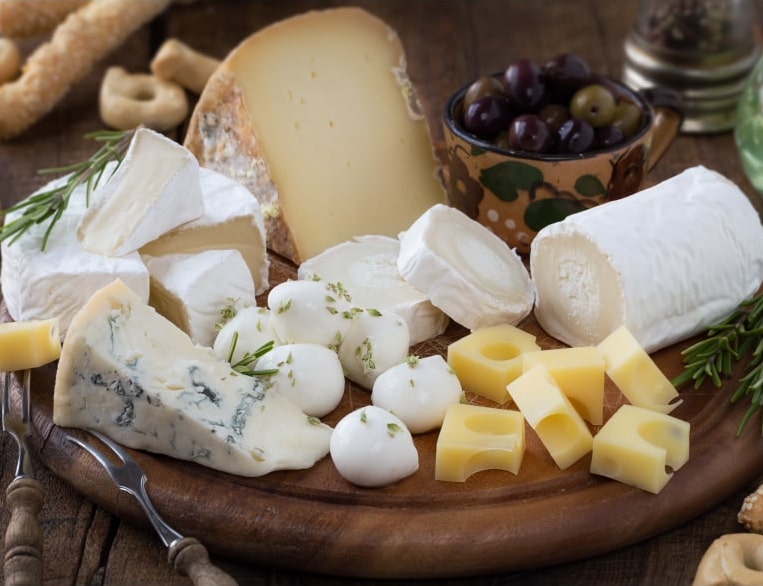

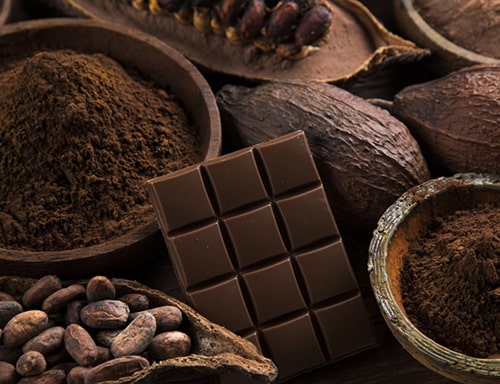












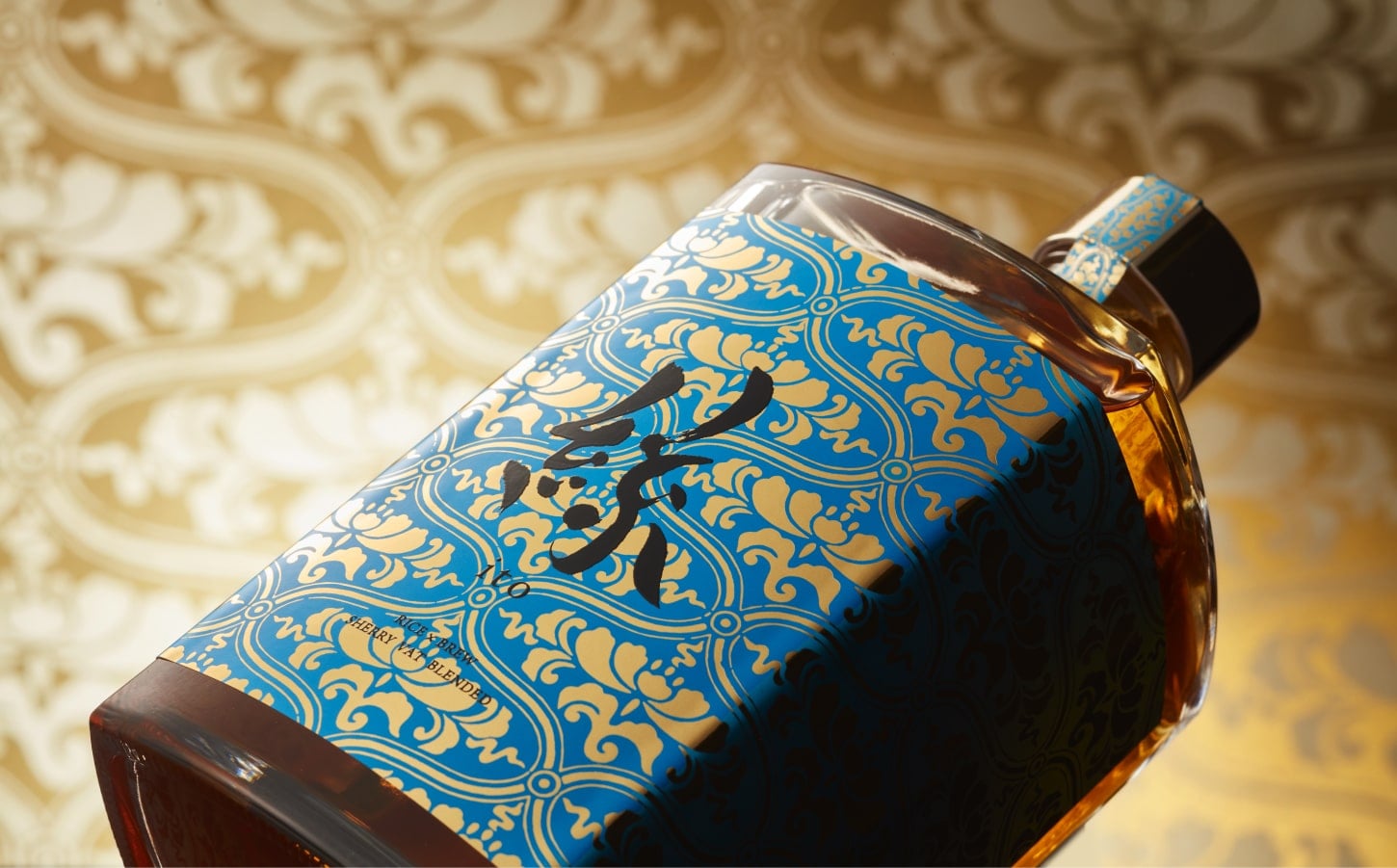
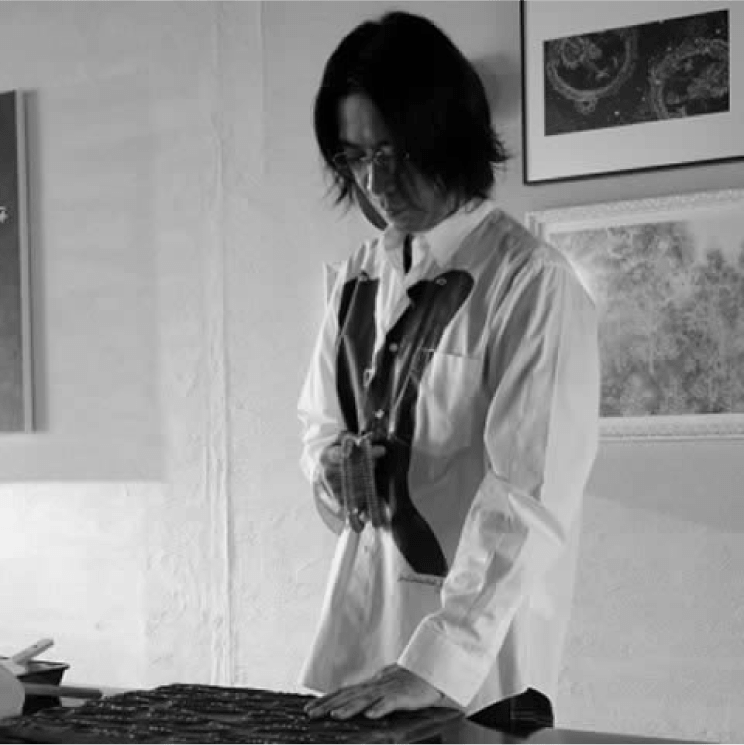
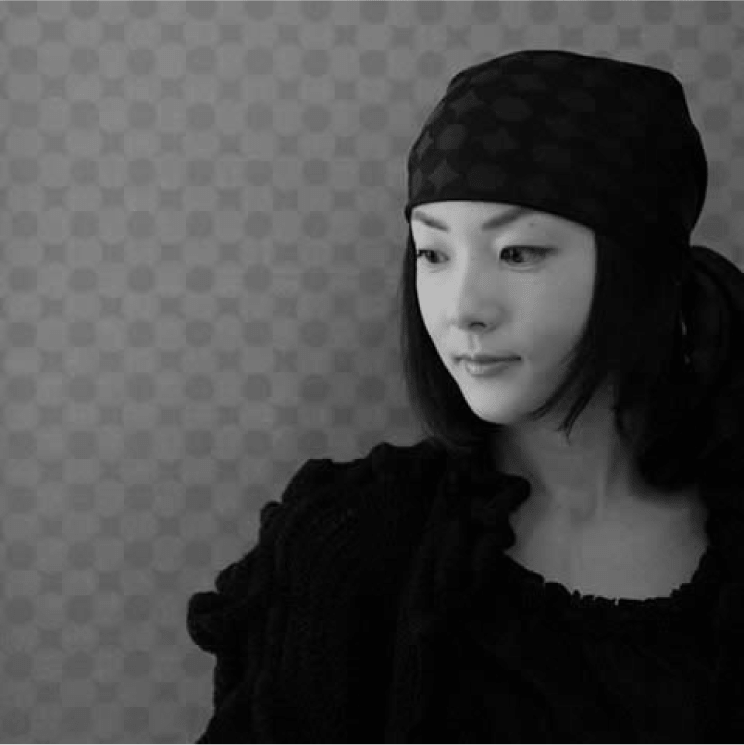
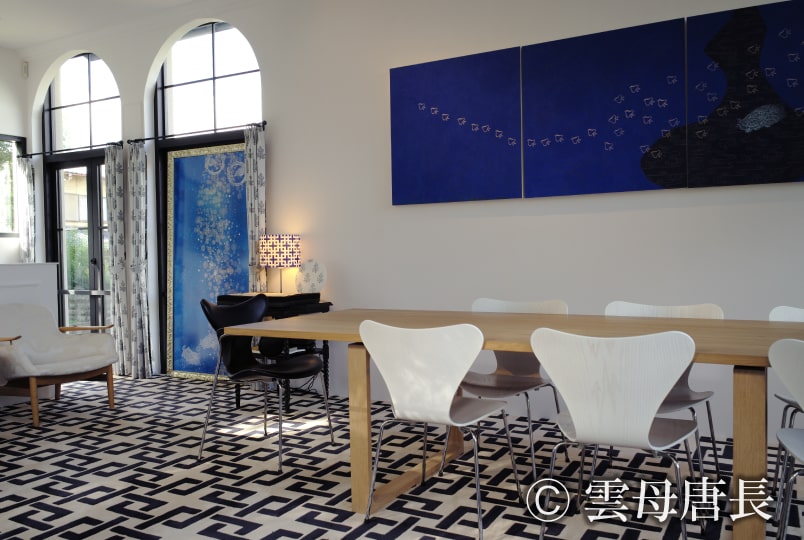
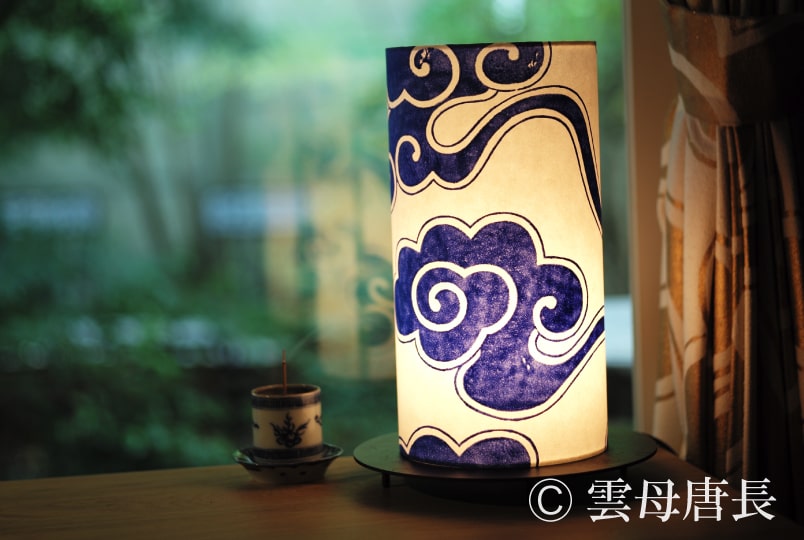
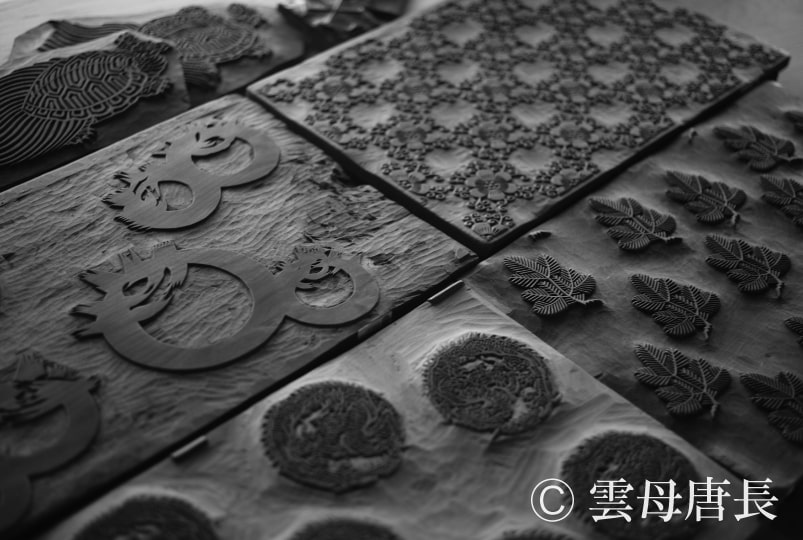

A style that highlights sweet-sour nuances of "絲 ito" , with its delicate fragrance and dignified taste. It is the image of an “Old-Fashioned”, a well-known, whisky-based cocktail.
The point is to use crushed ice. By using roughly crushed, fine ice, the concentration of the liquid in the glass and its warmth creates small pockets in the ice which are infused throughout with fragrance when drinking. With its complex flavor, “絲 ito” does not become watered down after a short time.
An additional tip is to add an orange peel whose fragrance goes well with “絲 ito”. Compared to the whiskey-based “Old-Fashioned”, it has a lower alcohol content, so it is recommended for women and light drinkers.
The type of glass recommended here has a wide rim to better enhances the sensation of the delicate fragrance. (The glass in the picture is Baccarat.)